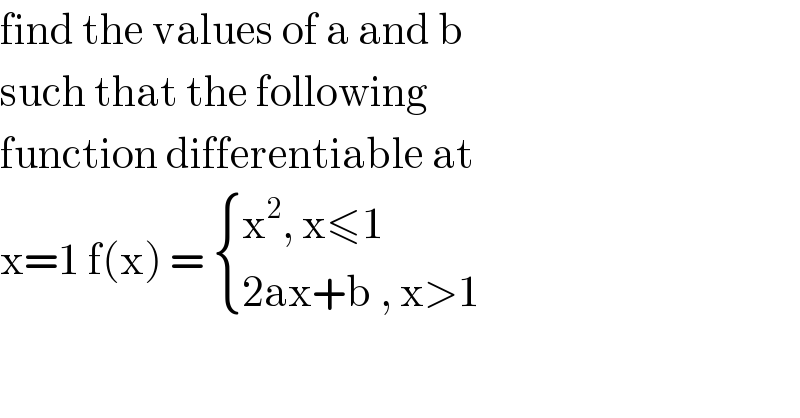
Question and Answers Forum
Question Number 90383 by jagoll last updated on 23/Apr/20

Commented byjohn santu last updated on 23/Apr/20

| ||
Question and Answers Forum | ||
Question Number 90383 by jagoll last updated on 23/Apr/20 | ||
 | ||
Commented byjohn santu last updated on 23/Apr/20 | ||
 | ||